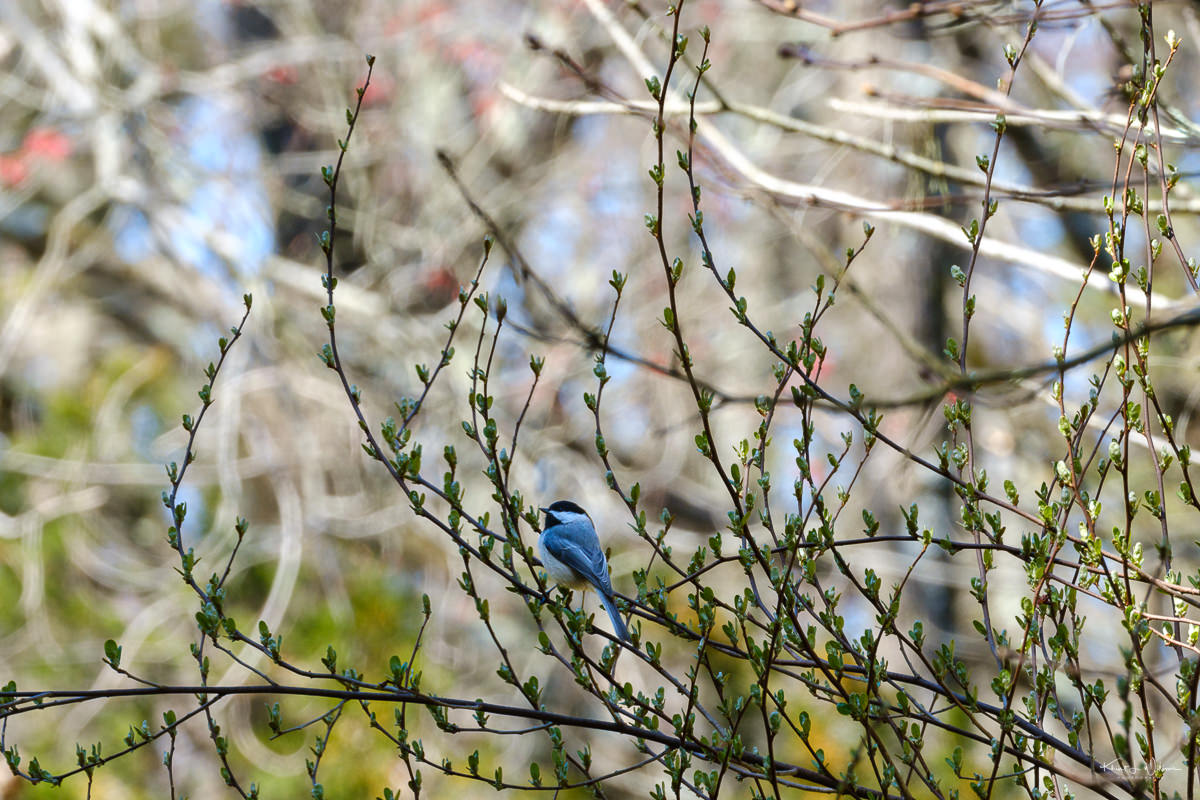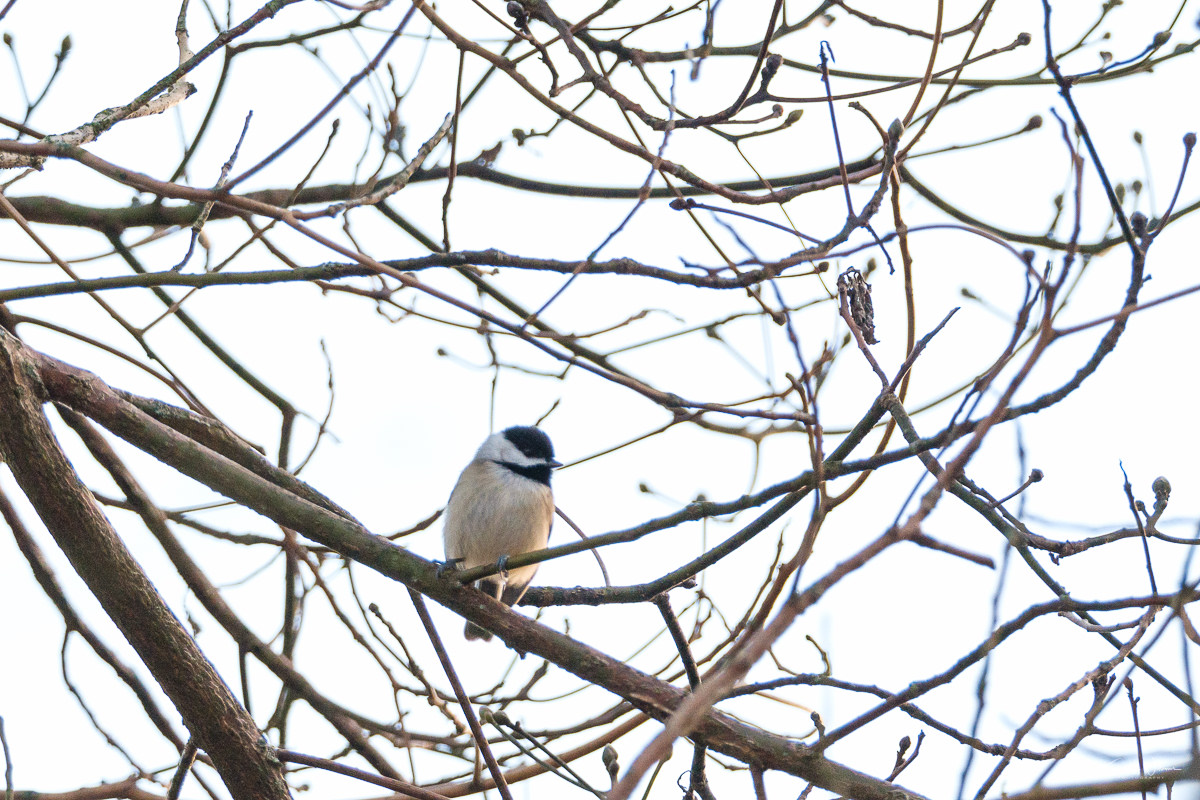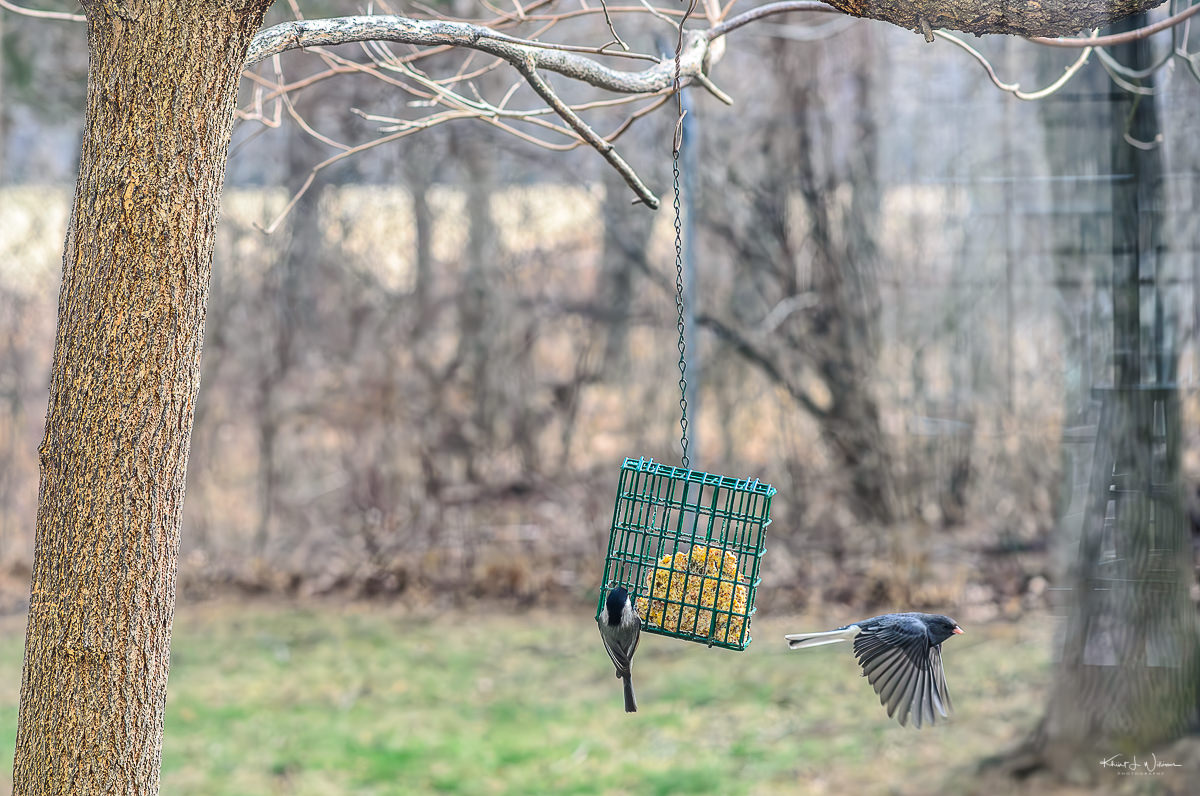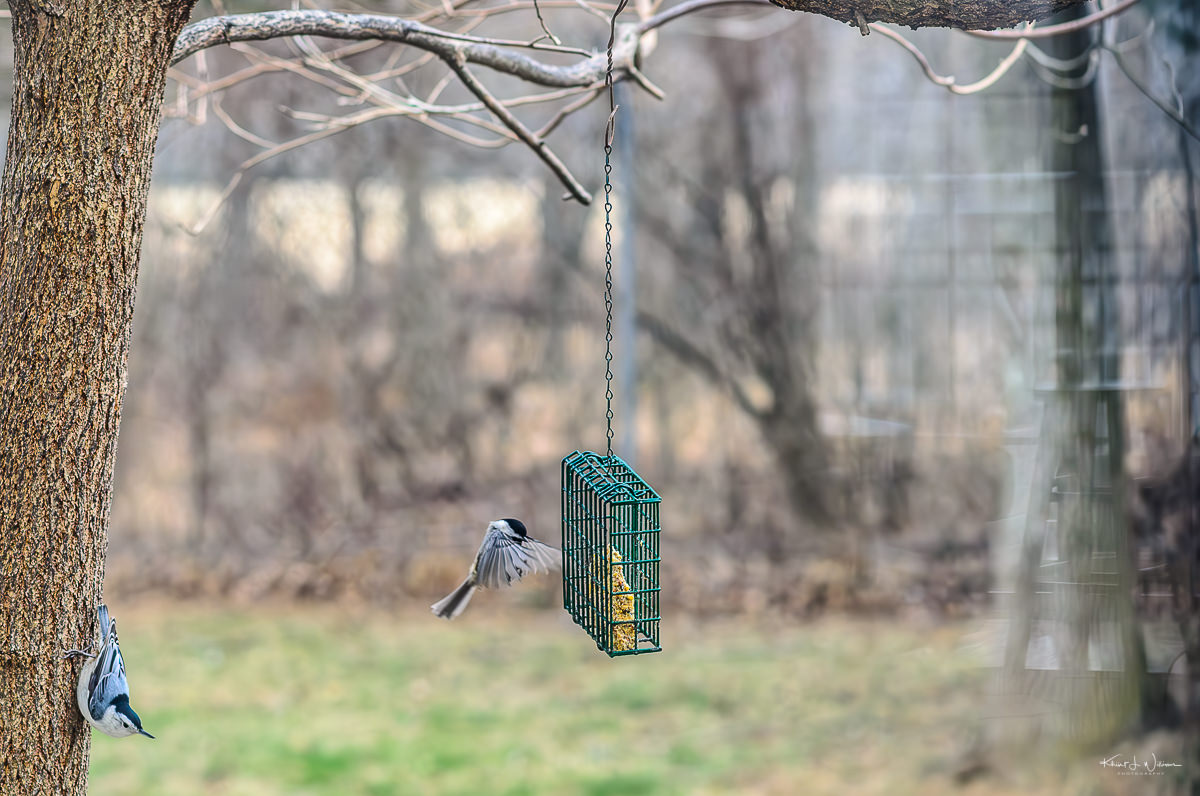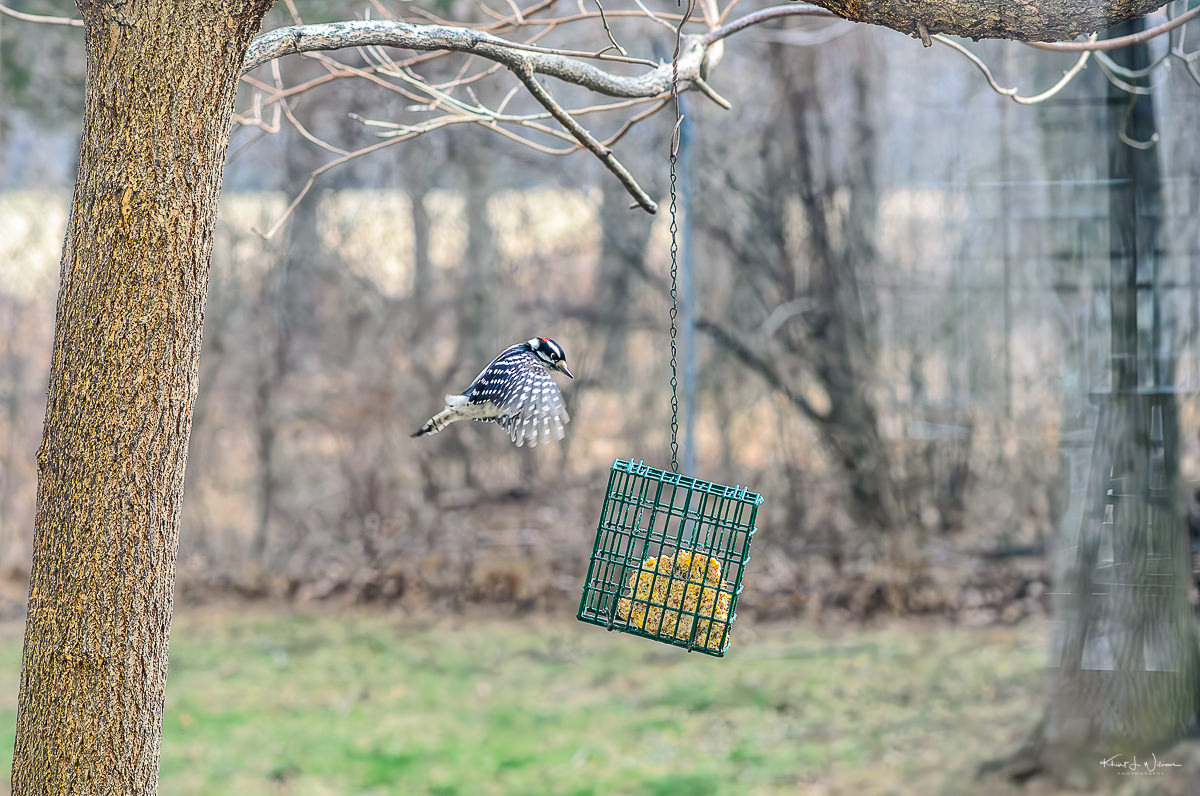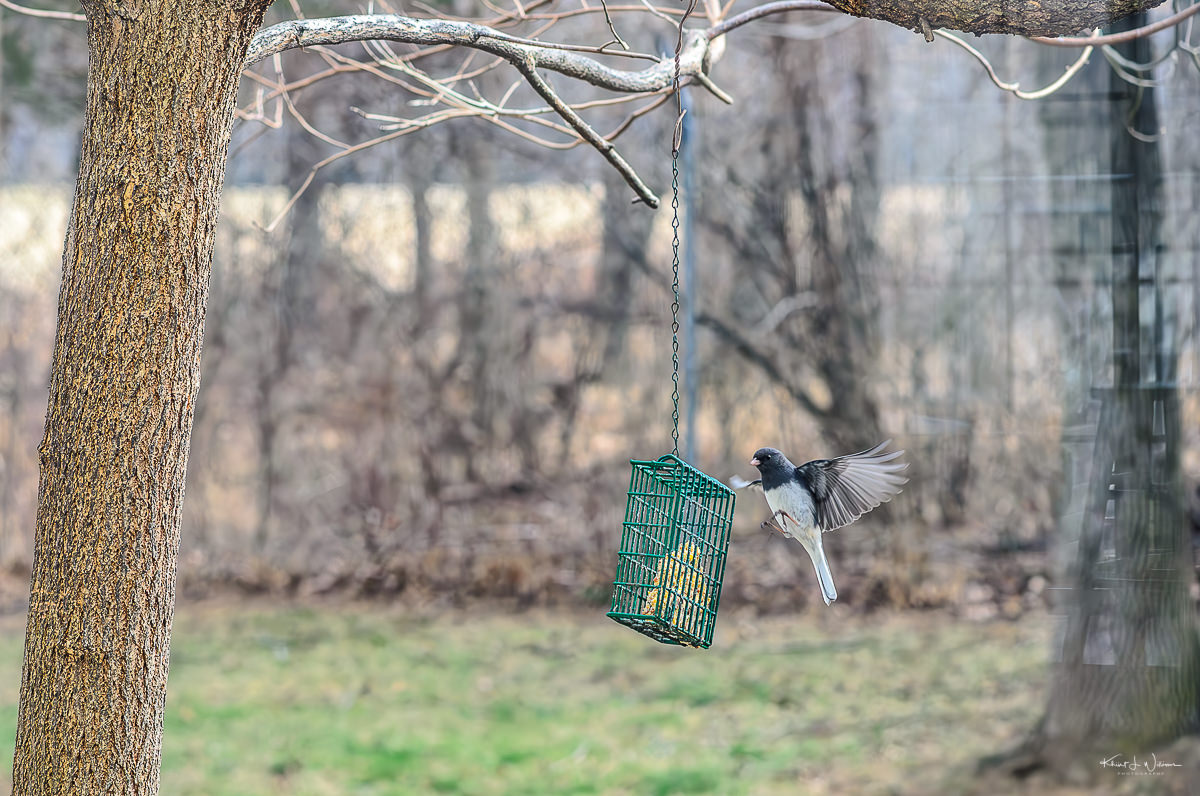On Monday, just after lunch, I grabbed the X-T3 and XF150-600mmF5.6-8 R LM OIS WR drove the car and parked on Princeton Avenue just before the border with Rocky Hill. Just off the path leading to Van Horne Park there's a "catchment area" that has morphed into a large pond and it that has become part of the watershed. The catchment area was built to collect rainwater flowing off the large parking lot owned by the Audi car dealership. I’m unsure if this is intentional but tall reeds, the ones that are commonly found in wetland environments such as marshes and swamps, are growing out of the "pond".
Catchment areas can create watersheds that play an important role in maintaining water quality and managing flood risks in communities. Reeds are important components of wetland ecosystems, providing habitat and food for various wildlife species and helping to stabilise soil and control erosion along water bodies. Where I sat on the cement wall bordering the pond, I could hear frogs croaking and splashing in the water below.
I photographed dragonflies in this location a few years ago. I knew it was too early for dragonflies but I thought perhaps I would see some birds. As I sat on the wall I could hear various species of birds singing in the still leafless trees that lined the path and ringed the "pond". The Merlin app identified, black-capped chickadees, northern flickers and northern cardinals. I could hear them but I was growing frustrated that I did not see them.
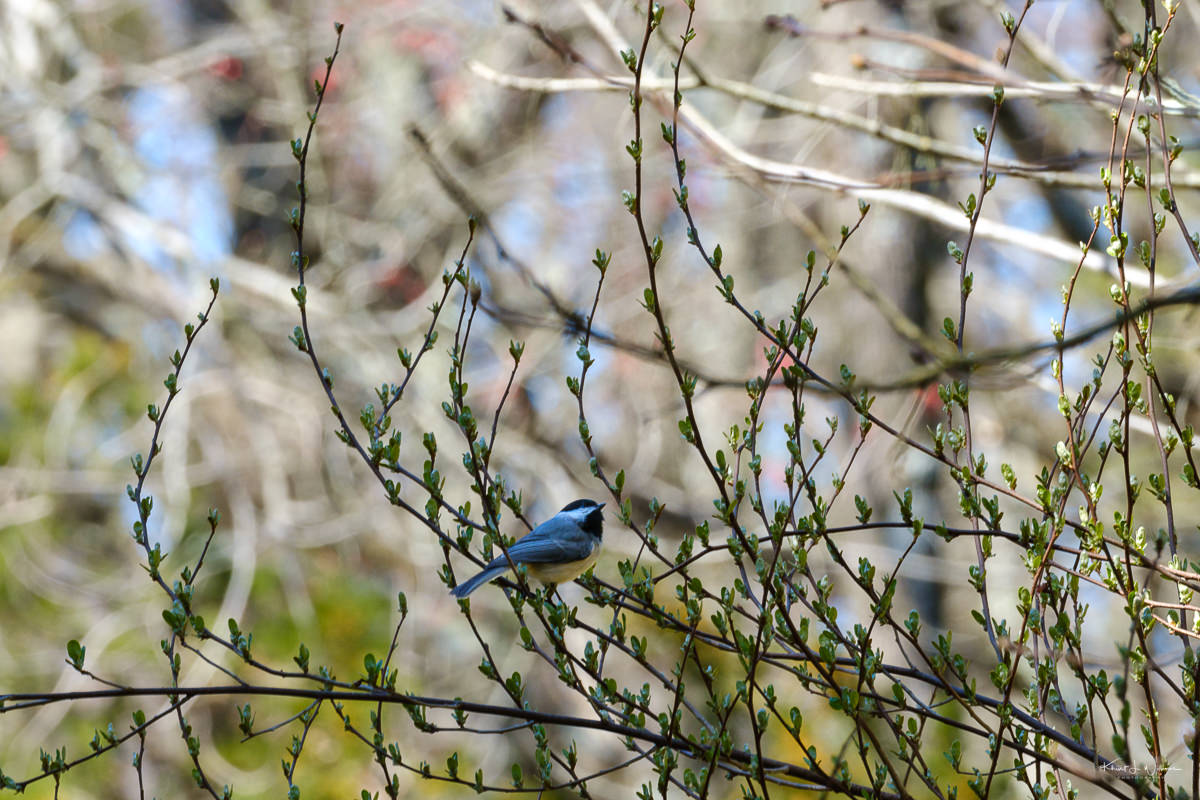
After 30 fruitless minutes, I was ready to leave when I noticed movement in a small bush that had just started to show some early spring leaves. It took me a few minutes but the bird, which I later identified as a black-capped chickadee, finally landed in a spot where I could get a clean portrait.
